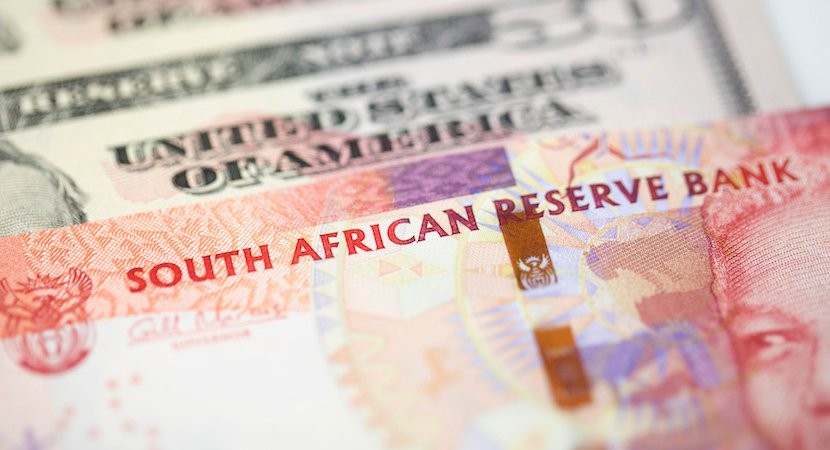
Having an offshore bank account — or two… or three — is an important step in planting flags around the world. As we often discuss, the actual opening of an account is relatively easy, and you don’t need a lot of money.
In my guide, The Best Offshore Banks, we discuss 55 banks that will open offshore accounts for anyone with as little as $500 to deposit. In some cases, you won’t even have to leave your living room, as a number of Caribbean and even European banks allow for remote account opening.
However, the bigger challenge for offshore banking newbies is
how to move money offshore; precisely, how to get your onshore funds into your new offshore account.
To make things clear, this article is NOT about how to hide money offshore. While the media loves to do gotcha pieces about how easy it is to move money overseas, the reality is that playing by the rules is a lot better way to go.
In the era of FATCA, mutual legal assistance policies among governments, and offshore bank account reporting requirements, you don’t want to play hide and seek. When used legally, offshore bank accounts are an excellent asset protection tool to protect you from bankrupt governments.
If you don’t have an offshore bank account yet, you can learn more about how to get one here. However, if you do have an account but are confused about how to move money into it, here are several strategies for funding your offshore bank account.
International wire transferThe most common and straightforward method is to simply wire the money from your onshore account (or your existing offshore account) to the new offshore account. Wire transfers work well because there is often no limit to the amount you can send, making it the most practical option for large transfers.
In some countries, sending a wire transfer is extremely simple and affordable. My Hong Kong bank charges about $11 to send money almost anywhere. The only problem is when the transfer gets rejected for some reason by the receiving party and I’m charged a large return fee. This shouldn’t be an issue, however, if you’re wiring money to yourself.
The downside to sending a wire is that it could take a while to arrive in some smaller banking jurisdictions, like Belize, that involve “correspondent banks” that are often in the US or Germany.
In countries where bankers tend to freak out about international wire transfers (see: the United States), you may need to go into a branch to initiate the wire. I know people who have had their US bank accounts restricted for daring to send an international wire transfer to themselves, so be careful. Then again, isn’t that why you wanted to move money offshore to begin with?
Transferwise...Read the whole post...


Last comments